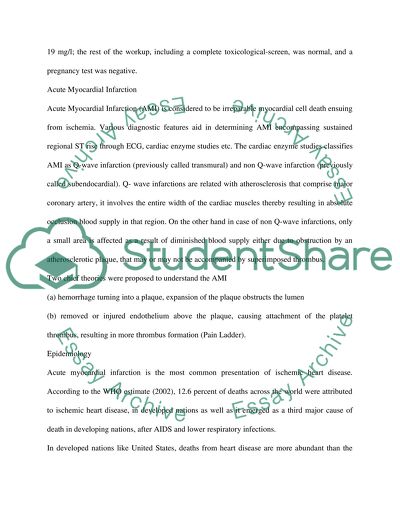Cite this document
(“Acute Myocardial Infarction Essay Example | Topics and Well Written Essays - 3000 words”, n.d.)
Retrieved de https://studentshare.org/health-sciences-medicine/1390636-acute-myocardial-infarction
Retrieved de https://studentshare.org/health-sciences-medicine/1390636-acute-myocardial-infarction
(Acute Myocardial Infarction Essay Example | Topics and Well Written Essays - 3000 Words)
https://studentshare.org/health-sciences-medicine/1390636-acute-myocardial-infarction.
https://studentshare.org/health-sciences-medicine/1390636-acute-myocardial-infarction.
“Acute Myocardial Infarction Essay Example | Topics and Well Written Essays - 3000 Words”, n.d. https://studentshare.org/health-sciences-medicine/1390636-acute-myocardial-infarction.


